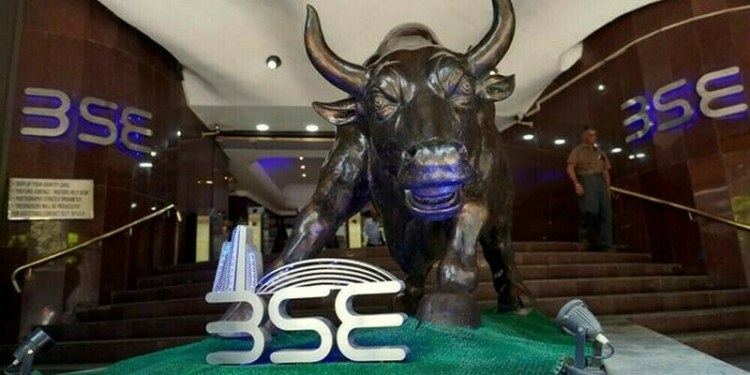With (Other OTC: WWTH – news) global growth moribund, multinational firms have been waiting with bated breath for the lifting of international sanctions against Iran for access to a country in desperate need to modernise.
After nearly a decade of limited access to the outside world, many sectors of the Iranian economy need new equipment including the oil and gas industry, railways, and airlines. Plus there are 80 million Iranian consumers, many of them keen to buy cars and other goods.
Access is expected to begin opening up, now that the International Atomic Energy Agency has issued a report concluding that Iran has fulfilled its obligations under a nuclear deal reached last year with world powers.
Since that deal was reached in July, delegations of officials and business executives from Germany, France and Italy have headed to Iran to prepare the ground to win back some of the market share lost to emerging nations like China and Turkey, or countries like Russia and Japan which kept friendly nations with Tehran.
Germany’s BGA foreign trade federation believes that country will have a difficult time reclaiming its former status as Iran’s largest trade partner as Chinese firms have swooped in during sanctions.
Deputy Foreign Minister Zhang Ming of China, the top buyer of Iranian crude, said during a recent visit Beijing intends to fully exploit the potential for cooperation with Tehran in the manufacturing sector and construction of infrastructure.
US companies like Boeing (NYSE: BA – news) and General Electric are also interested by the opportunities in Iran, but are handicapped by the fact Washington has not had diplomatic relations with Tehran for 35 years and will keep certain sanctions in place.
Meanwhile the Iranians are looking for foreign firms to help modernise the country’s infrastructure, which has suffered from a lack of investment and technology as the economy was largely cut off from the outside world for the past decade.
A resumption of trade should also help put the Iranian economy, which suffers from high unemployment and hyperinflation, back on its feet.
– Oil sector still attractive –
The slump of global oil prices to under $ 30 per barrel — partially due to expectations of Iranian crude flooding back onto markets — is not good news for Tehran as it means less money flowing into government coffers.
Nevertheless, with the country holding the world’s fourth-largest oil reserves and currently pumping a million barrels per day less than it did before sanctions, the Iranian energy sector is still attractive for foreign firms and Tehran is looking for $ 25 billion in investment in the oil and gas sectors.
“The infrastructure and energy sectors offer the best opportunities for our firms”, Italy’s economic development ministry said recently.
Russia, which has maintained close relations with Iran, has a leg up on the competition and is willing to put money on the table to achieve its goal of boosting its annual trade turnover with Tehran from $ 1.6 billion currently to $ 10 billion.
Russian President Vladimir Putin offered to open up a $ 5 billion credit line to Iran during a visit to Tehran in November.
Not only has Russia recently sold long-range S (Other OTC: UBGXF – news) -300 surface-to-air missiles to Iran, but it has received orders to build two new reactors at the Bushehr nuclear power plant.
State-owned Russian Railways is after work electrifying Iranian rail lines.
Russian gas giant Gazprom and the country’s number two oil firm Lukoil (Other OTC: LUKOF – news) are looking not only for production opportunities, but to stocking and transporting energy as well.
Certain western oil companies, like France’s Total (Swiss: FP.SW – news) and Italy’s Eni (NYSE: E – news) , are after joint venture contracts where their Iranian partner will retain majority control.
“We will be well placed to examine the opportunties in the gas, oil and petrochemicals and fuel distribution sectors, but all of that will be subject to good contractual conditions,” said Total’s chief executive Patrick Pouyanne recently.
– ‘Promising market’ –
The automobile sector is also attractive as the rate of car ownership in Iran is just 100 per 1,000 people — six times less than in Europe — and consumers have had limited access to new vehicles under Western sanctions.
France Renault has already negotiated a minority stake in Iranian auto manufacturer Pars Khodro, according to Iranian officials.
“Iran is a very promising market,” Renault (Xetra: 893113 – news) chief executive Carlos Goshn said on the sidelines of the Detroit auto show last week.
“Today it’s more than one million cars, it has the potential to go to 1.5 or 2 million.”
In the food and agriculture sector it may be harder going due to the “strong involvement of public firms and semi-public owners of farm land,” according to a French agriculture ministry report.
Germany hopes it will be able to export five to 10 billion euros of goods to Iran in the coming years, in particular machine tools.
Siemens (BSE: SIEMENS4.BO – news) has already announced a preliminary deal with Tehran to improve rail infrastructure.
Iranian President Hassan Rouhani has scheduled a visit to Italy and France at the end of January.
That could prove beneficial for Airbus, which is based in the southern French city of Toulouse, as Iranian airlines need to renew their fleet of aircraft.
Iran “…is potentially a huge market for Airbus and our competitors,” Airbus chief executive Fabrice Bregier was quoted as saying recently by the Financial Times, adding the company had already made some contacts.



























